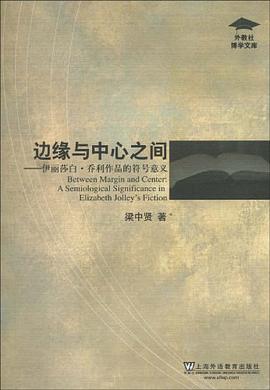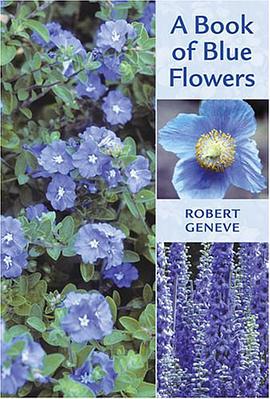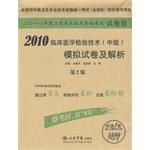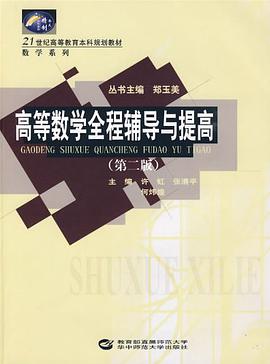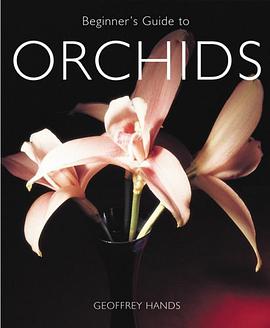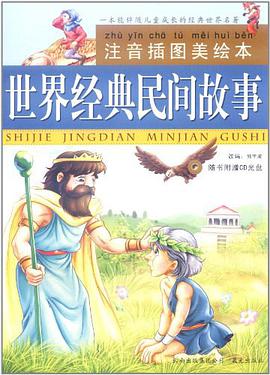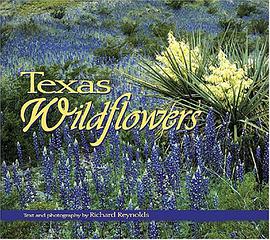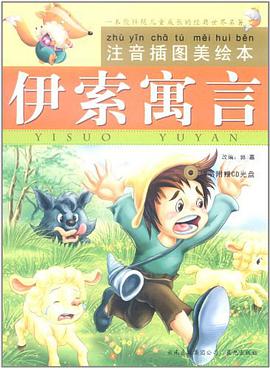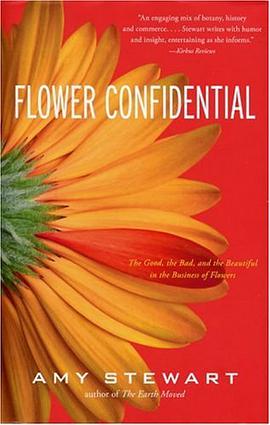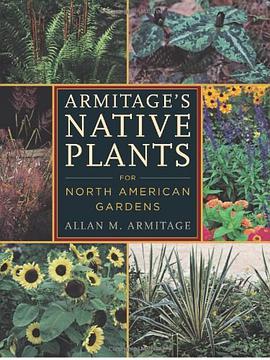

Why have we tamed the history of gardening in America? Patricia Klindienst asks in The Earth Knows My Name. We are a democracy of gardeners yet, with few exceptions, the garden is presented as the province of the privileged and the white. Garden writing tends to exclude the stories of the ethnic peoples who have shaped our landscape for centuries. As a result, the idea of the garden has been stripped of its cultural weight.
The Earth Knows My Name speaks directly to this gap in our understanding, exploring the deeper implications of what it means to cultivate a garden and to grow one's own food.
The fifteen gardens presented in The Earth Knows My Name have all been fashioned by people usually thought of as other Americans: Native Americans, immigrants, and ethnic peoples who were here long before our national boundaries were drawn, including Hispanics of the Southwest, descended from the Conquistadors, and Gullah gardeners of South Carolina, descendants of West African slaves. All of these gardeners straddle two cultures-mainstream America and their culture of origin. Their stewardship of the land is an expression of the desire to preserve their heritage against all that threatens it. And so each garden becomes an island of hope and offers a model, on a truly sustainable scale, of a restorative ecology that renders justice to both the land and the people who cultivate it.
具體描述
讀後感
評分
評分
評分
評分
用戶評價
相關圖書
本站所有內容均為互聯網搜索引擎提供的公開搜索信息,本站不存儲任何數據與內容,任何內容與數據均與本站無關,如有需要請聯繫相關搜索引擎包括但不限於百度,google,bing,sogou 等
© 2025 book.quotespace.org All Rights Reserved. 小美書屋 版权所有

